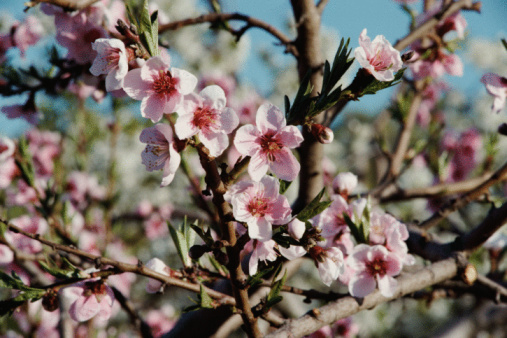
Spring in the United States comes ten days sooner than it did just 20 years ago, according to scientists on a media call Tuesday. This phenomenon, known as “spring creep” (or “season creep“), may be good news for flip-flop fans, but it doesn’t always work out well for native species in certain habitats. According to Reuters, scientists on the call (which was sponsored by the Union of Concerned Scientists) explained that when spring comes earlier, it doesn’t just bring warm weather sooner — it actually throws off the balance of entire ecosystems by encouraging the spread of invasive species, many of which are better able to adapt to the changing conditions than are native plants and animals. In the American West, warmer weather is already shrinking the habitat of the American pika, and more of it could make wildfires more frequent and intense.
One thought on “Spring Comes Sooner, Some Species Suffer”
Comments are closed.

Oh my, claims that spring is coming two weeks earlier without any data to support their opinions does not make for a strong argument. What proof did they provide, over what period? From 1977 to 1998 the PDO was positive. It is now negative and will be for 20 plus years. Some years, we have El Nino weather patterns others years La Nina patterns. Unless the data used to calculate the early spring covers at least two PDO cycles, it could be skewed to fit a political agenda?